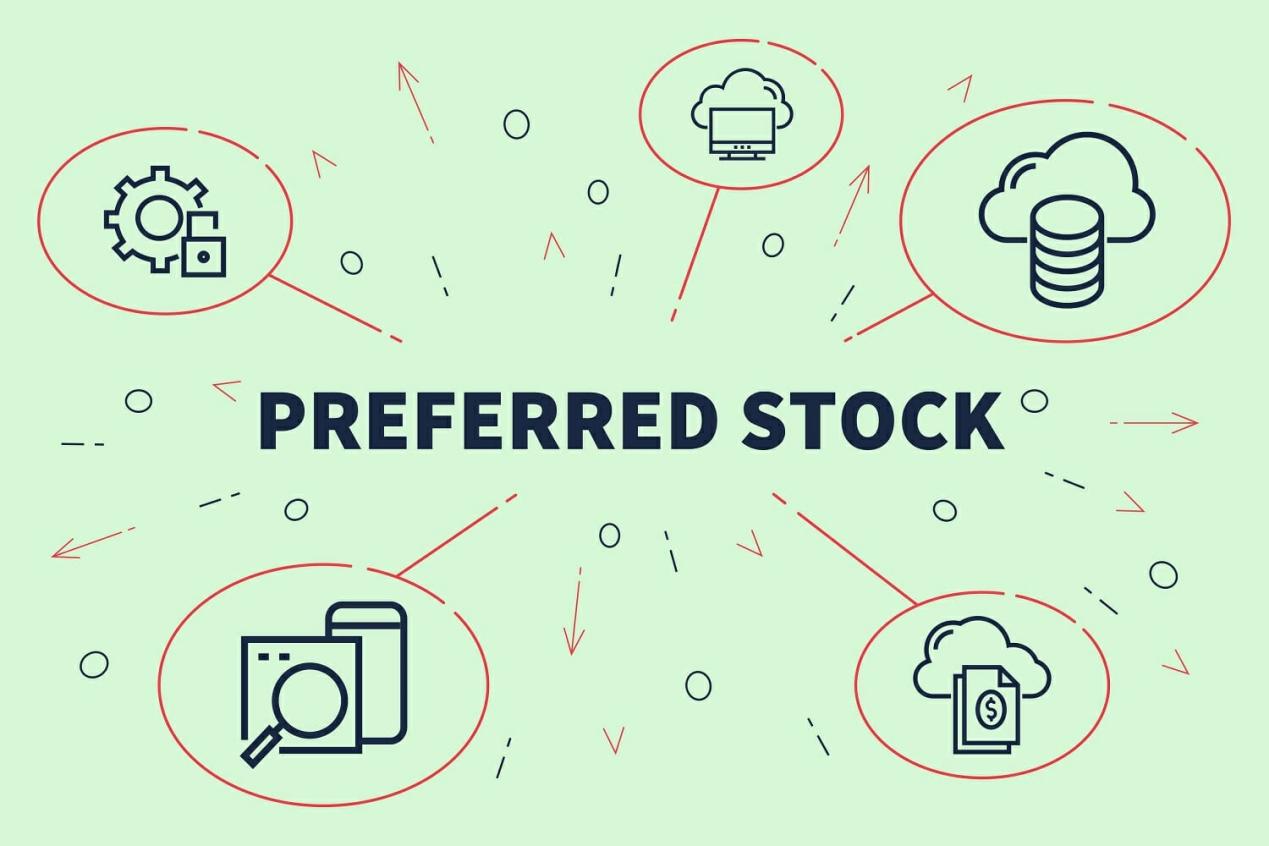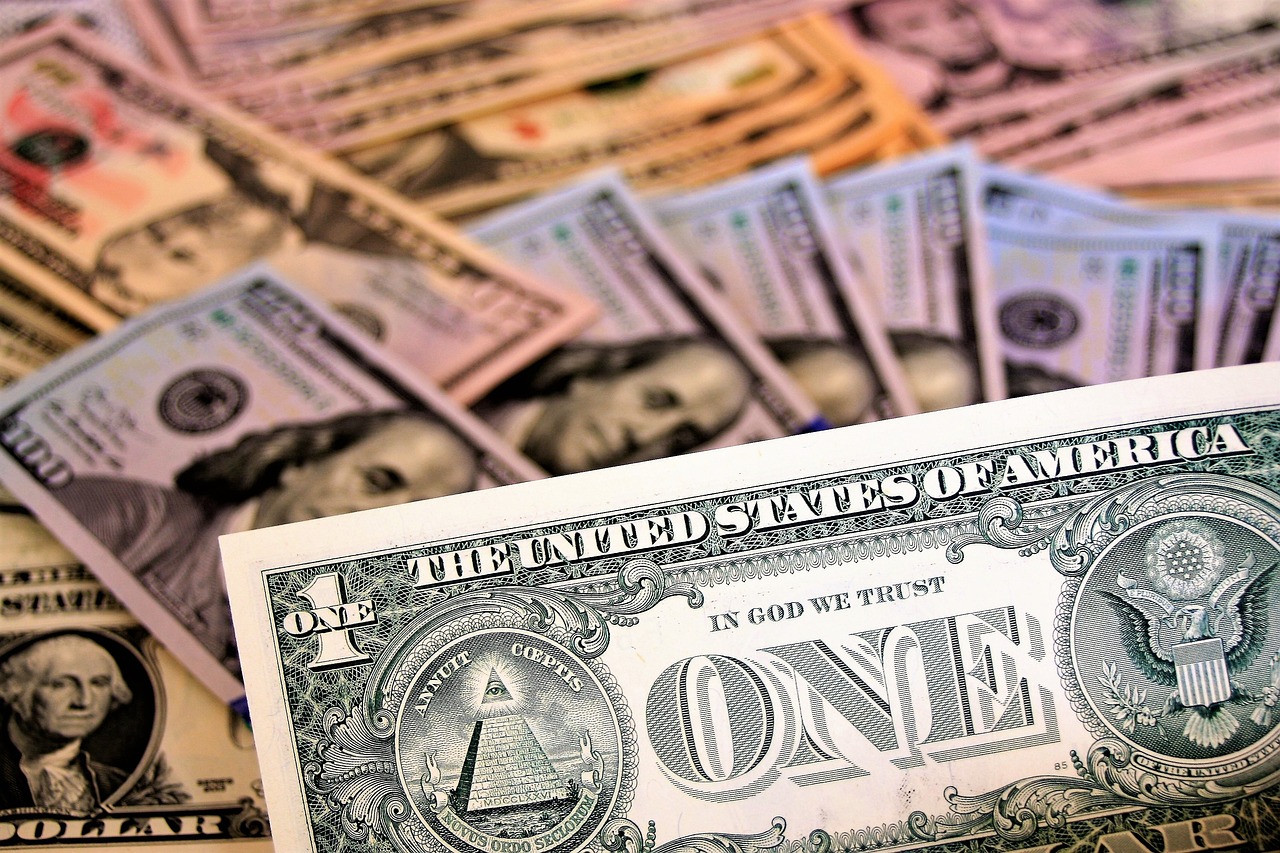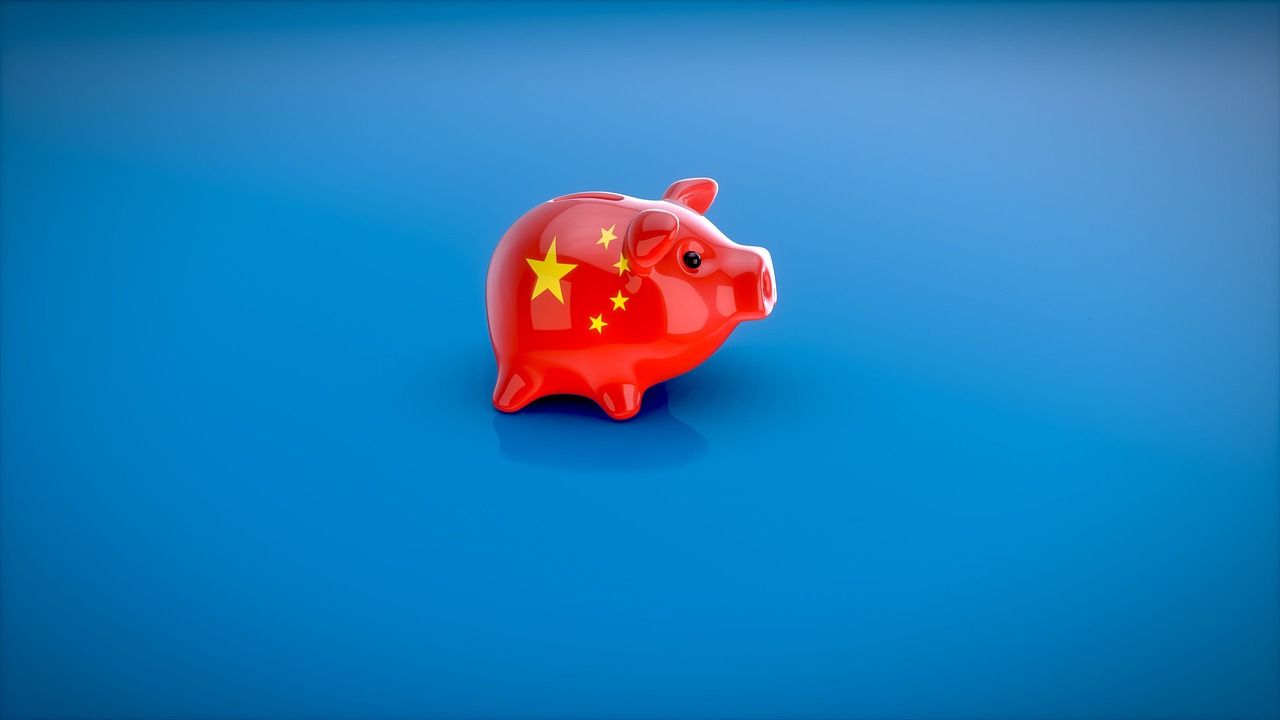
Since the birth of the stock market, various types of stocks have gradually emerged, thus affecting investors' choice or judgment of investment portfolio. What I need to tell you is that there is a very special type of stock that you may need to understand. I will describe the basic knowledge structure of preferred shares in detail to help you master the financial knowledge of the stock market.
The similarity between preferred stock and common stock is that the proceeds that companies receive from issuing them are called ownership interests in the asset records. However, the difference between preferred stock and common stock is obvious. Preferred stock is regarded as a type of debt securities by investors for the purpose of earning profits. Investors usually buy preferred stocks to obtain stable income returns with high frequency. Preferred shares provide investors with stable preferred returns like bonds and quick returns like dividends.
What you need to be clear is that preferred stock is very different from bonds as a stock investment tool. I can tell you that preferred stock has a lower priority than any type of bond. The order of bonds issued by each company from the highest priority to the lowest priority represents the order in which the company needs to repay funds. For example, if a company has a small turnover in one year and therefore little profit. However, the company needs to compensate investors who buy the debt issued by it in order. The company's profits will first be used to repay the holders of the highest ranking bonds, and then the holders of the lower and lower ranking bonds will be in turn. Therefore, the company may have no capital before paying all the bonds. Then investors who hold preferred shares still cannot get returns. However, you need to know that preferred stock always has a higher priority than common stock.

In fact, the biggest feature that distinguishes bonds from preferred shares is that companies issuing preferred shares have no legal obligation to provide dividends to preferred shareholders. On the contrary, the law requires companies to pay their debts first. Otherwise, these companies will break the bond agreement and gradually lead to bankruptcy. Investors with the most senior bonds can even require companies to immediately rectify their internal management systems and financial strategic direction. If necessary, they can also ask these companies to change their top managers to change their economic strategies. However, you need to know that although failure to pay dividends to the preferred shareholders will not lead to breach of contract, the companies will still try their best to pay shareholders the return they deserve. Therefore, companies must meet the requirements of preferred shareholders before paying dividends to common shareholders.
Preferred stock dividends will not accumulate during the trading period. As a result, preferred shareholders cannot get the interest accumulated over time like bondholders. Dividends received by preferred shareholders are generally fixed, and it is difficult to change the amount.
In conclusion, the purpose of issuing preferred shares by companies is to enable preferred shareholders to obtain equity, thereby increasing the proportion of bonds and equity. The issuance of preferred shares by companies is conducive to improving balance sheets and meeting the standard requirements stipulated by laws or loan agreements. In addition, preferred stock can be another type of stock to bring more financing to companies to support their development and business operations. However, companies need to pay more dividends to preferred shareholders and return some of their profits to preferred shareholders early.






